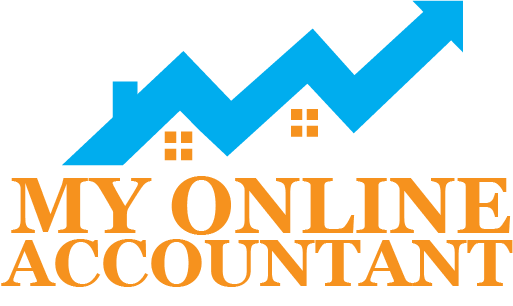Self-Directed IRAs, Checkbook-Control IRAs, and IRA-LLCs are powerful investment vehicles with great tax benefits. For those that qualify, Solo 401K Plans are far better vehicles for retirement account real estate investing. In this post will introduce the fundamentals of Checkbook Solo 401k Plans and their benefits.
What is Checkbook Control Solo 401k Plan?
The tax code provides for 2 types of tax-advantaged retirement plans: (1) Individual Retirement Arrangements, referred to as IRAs and (2) Employer Sponsored Plans, such as 401(k)s, referred to as Qualified Plans.
IRA-based retirement accounts are relatively simple plans with limited flexibility. Qualified Plans are exceedingly complex, but can be very flexible and provide very attractive features. A completely self-directed Solo K, or Checkbook 401k, combines the simplicity of IRAs with the flexibility of Qualified Plans.
What are some powerful Solo 401k investing and tax features?
- Tax deductions of up to $60,000 per participant for 2017. Going up in 2018.
- Solo 401k Pre-tax, after-tax, and Roth contributions
- Solo 401k Mega Backdoor Roth Strategy
- No UDFI tax on Solo 401k real estate investments.
- Employee Salary Deferral and Employer Profit Sharing Contributions
- Solo 401K Loans to be used for any purpose you’d like
- Purchase cash-value life insurance with pre-tax funds
- Asset protection
- No need for a custodian
- Checkbook-Control without an LLC
How do I qualify for a Checkbook-Control Solo 401K?
To qualify for a Checkbook Solo K you need (a) some form of self-employment income and (b) no W-2 employees that work more than 1,000 hours per year.
If my spouse works for me can I still have a Checkbook Solo 401(k)?
Yes, you certainly can. In fact, by employing your spouse you can double your Solo K benefits, so go ahead and employ him or her.
If I have a partners, can I have a Solo 401k?
Yes, if you have partners that work in your business you can still have a Solo 401k.
What assets can a Checkbook Solo 401k invest in?
Checkbook K Plans can invest in anything other than certain collectibles, as outlined in Section 408 of the tax code.
Examples of Solo 401k investments are:
- Solo 401k Real Estate
- Solo 401k Private Lending
- Solo 401K Virtual Currency (Bitcoin, Ethereum, Ripple)
- Solo 401k Litigation Finance
- Solo 401k Precious Metals and Coins
- Solo 401k Cattle and Livestock
- Solo 401k Tax Liens and Deeds
- Solo 401k Merchant Cash Advance
- Solo 401K Private Equity
- Solo 401k Notes, Mortgages, and Deeds of Trust
How do I set up a Checkbook Solo 401k Plan?
Checkbook Solo 401k Plans require specially drafted IRS approved plan documents. With those documents you set up a bank account and begin investing. Obviously, that’s oversimplifying it – but only by a bit.
What is the deadline for establishing a Solo 401k Plan?
A Solo 401k plan must be established before the end of the tax year, by December 31. For a Solo 401k plan to be considered established, the plan documents must be signed before year-end. It does not have to be funded by then. The Solo 401k Bank Account can be opened after the year-end, as well.
Checkbook Solo 401K Plans are incredibly powerful investing vehicles for those that qualify. They offer benefits and features greatly exceeding those of self-directed IRAs – especially for real estate investors – but have some additional requirement to qualify and maintain.
Bernard Reisz CPA is the principal of ReSure LLC and ReSure Financial Advisors LLC, which combine tax and investment expertise to investors that want to take control of their financial futures. Whether you’re looking to invest in real estate or the stock market, the ReSure team can help you do so in a way that you can be confident about.

Recent Comments